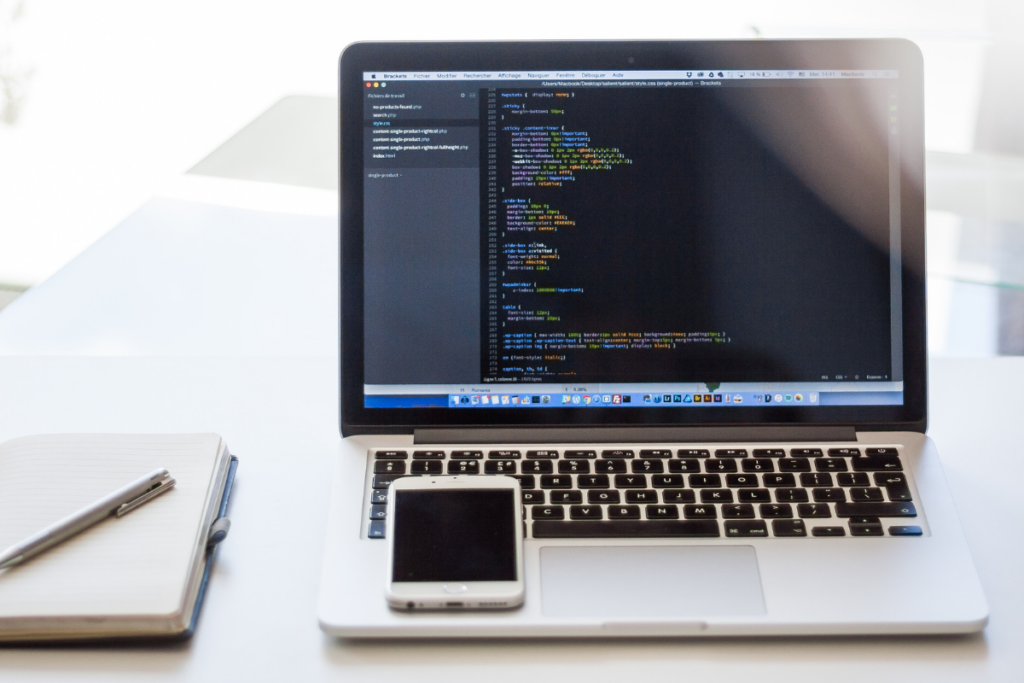
- This event has passed.
Research Data Management Seminar Series: Managing Research Data Efficiently
September 14th, 2022 @ 1:00 pm - 2:00 pm
Virtual

Dive into recommended practices for managing research data. We’ll provide resources to help you apply those practices efficiently.

